Seven benefits of riding outdoors - which you’ll miss out on if you train inside all winter
As with most things in life, there is a balance to be struck…
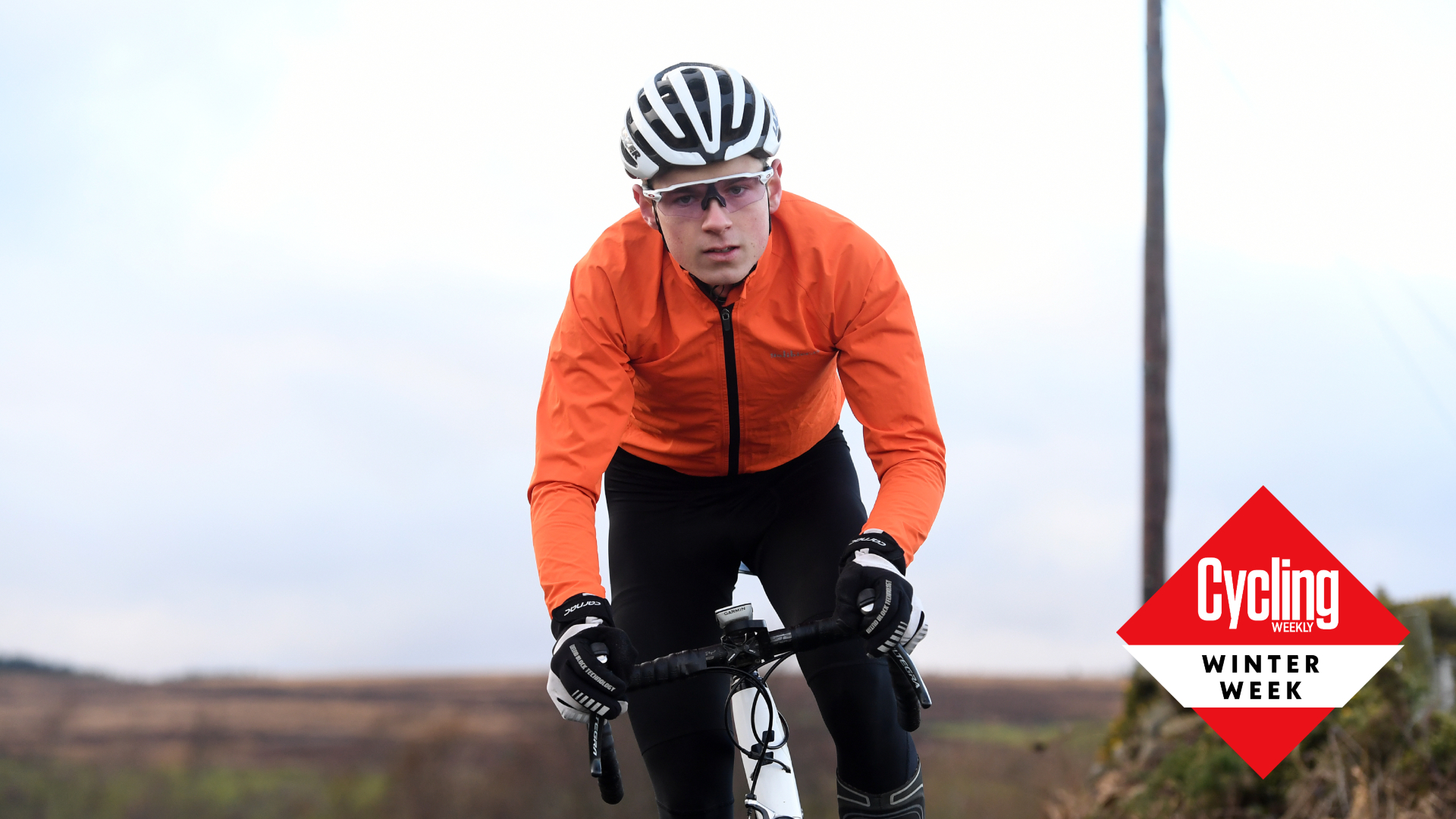

As the winter weather settles in to stay, many of us will be considering whether we should be spending more of our time on the turbo. It’s cosier for a start, you don’t need to worry about when the sun sets and there’s no need to clean your bike afterwards.
Are there any reasons why we should instead be staying out on the roads? The short answer is: yes, there’s more than several reasons why you might be better off embracing the elements and heading outside. The long answer? Well, all that is just below…
1. Varying pace/intensities
Although riding indoors can be great for keeping a consistent effort, it’s not a perfect analogue for riding on real roads. When we ride outdoors we experience resistance in the form of rolling resistance, air resistance, and gravity. With indoor cycling we only experience rolling resistance.
For any events we do outdoors, for the most part they will include a lot of variability in our pacing, and riding purely indoors can dull our capacity to deal with that varying pacing for longer periods of time. In short, if your events and goals of the year are outdoors, it is important to maintain your outdoor riding.
2. Riding up gradients
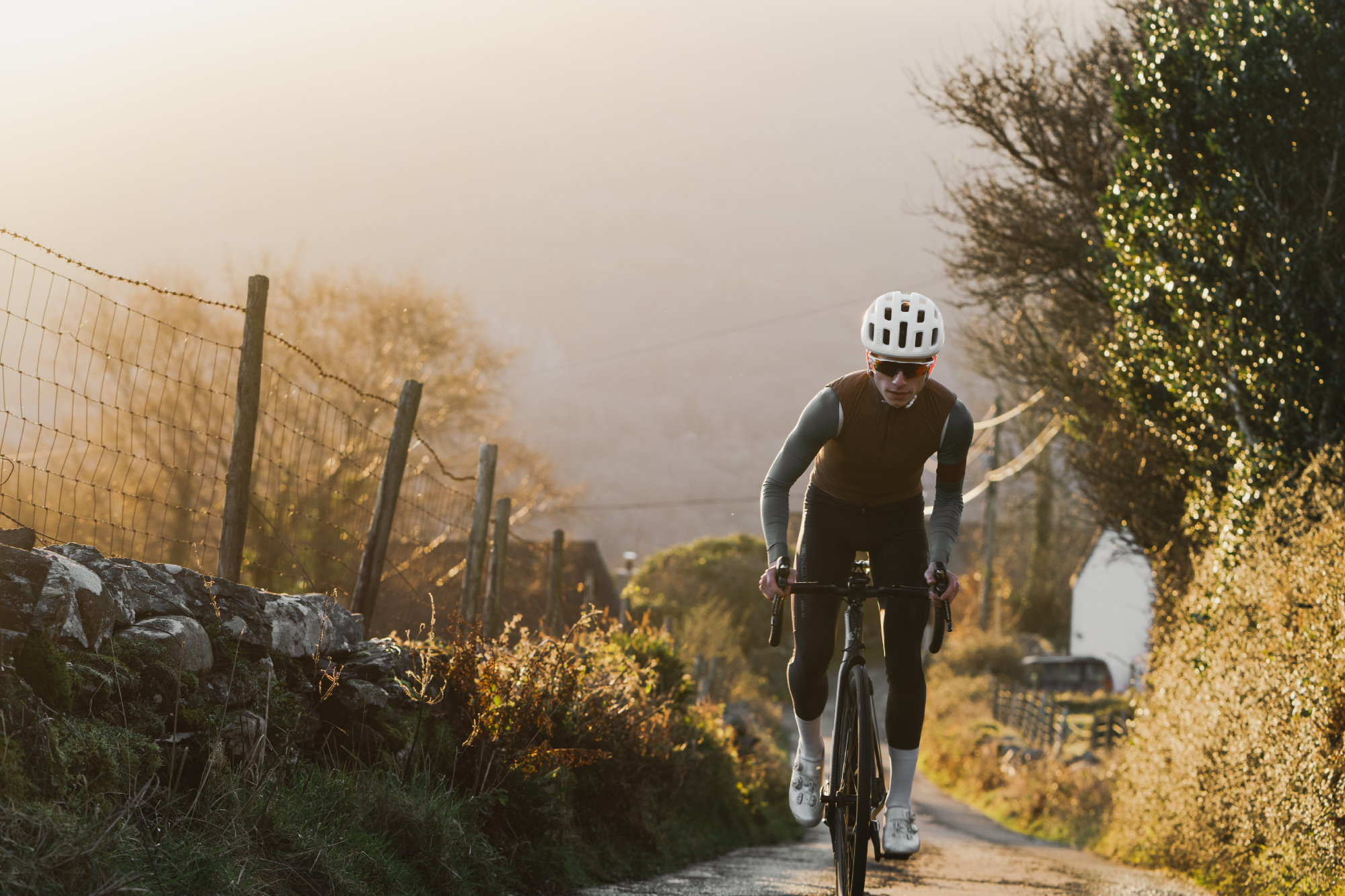
As part of a scientific study I conducted on how gradient affects muscle activation during the pedal stroke I found that as the gradient steepens, so too does the activation of several locomotor muscles in the legs. The study was done using an indoor gradient simulator - a Wahoo Kickr Climb, but the Elite Rizer is another option - whilst riding at a sweetspot level of intensity.
Essentially, what can be suggested from the study is that riding up the gradients most often experienced outdoors does significantly change the way our muscles work during the pedal stroke. This is important if any events or goals that you are targeting include climbs as part of the challenge. In that case, make sure to include regular riding up climbs within your training plan - it’s much easier (and cheaper) to do this by riding outdoors than buying a gradient simulator for indoors.
3. Bike handling
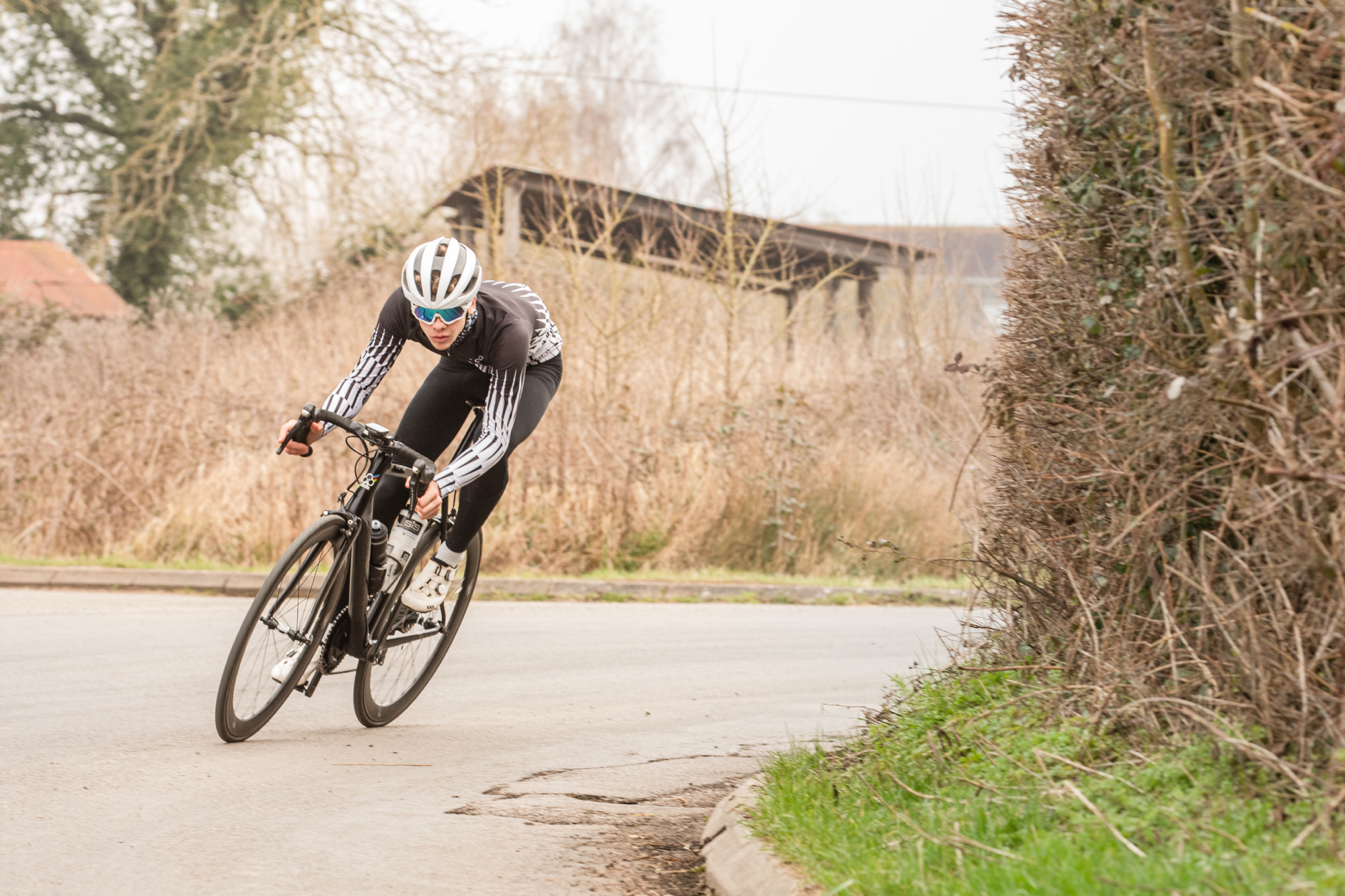
We can get most of the physiological training benefits when riding indoors - what we really miss out on are technical skills. Even something as simple as clipping in and out of the pedals - although you do get to practise that to some extent on the turbo or bike rollers, it's still a quite different ball game when actually needing to clip in and out quickly at junctions.
Get The Leadout Newsletter
The latest race content, interviews, features, reviews and expert buying guides, direct to your inbox!
Cornering and bunch handling are also essential skills for cycling that can only be learned when riding outdoors (and in the velodrome), not on the turbo. You get more proficient at these skills the more that you practise them. So, spending time out on the road getting your cornering dialled in, or getting better at saving energy while riding in the wheels, are both vital skills for pretty much every cycling event or goal.
4. Being outdoors
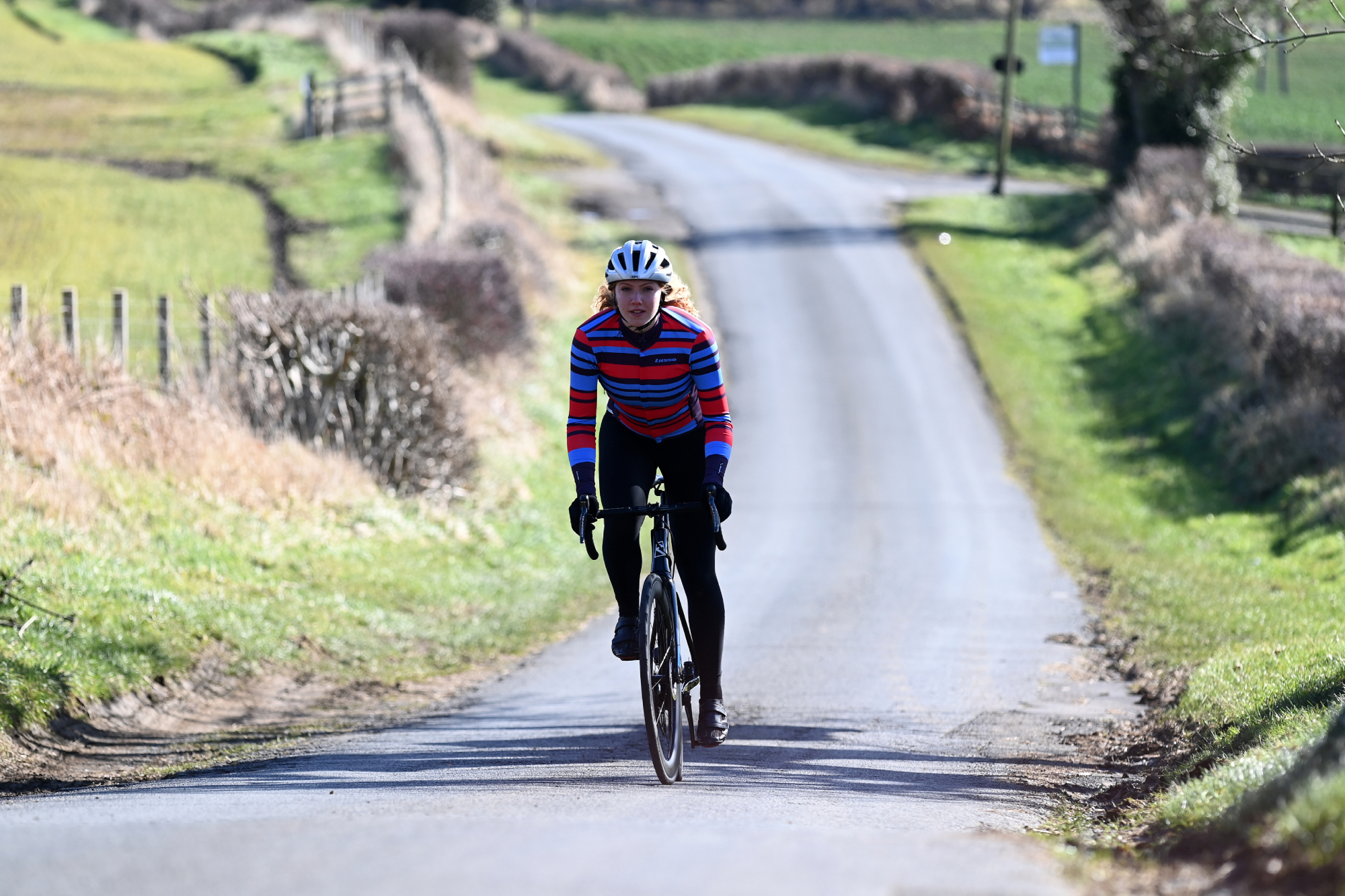
We know from multiple studies that exercise is good for our mental health (like all things, in moderation). It helps boost our mood with the release of endorphins and it also reduces anxiety. But being outdoors also brings its own heap of benefits as well.
Even in the winter months, there is still the exposure to the sun. It’s true we don’t get as much during the winter, as we are wrapped up, and that there’s fewer hours of daylight - but we still need vitamin D and being exposed to sunlight can also help against Seasonal Affective Disorder (SAD).
5. Social aspects
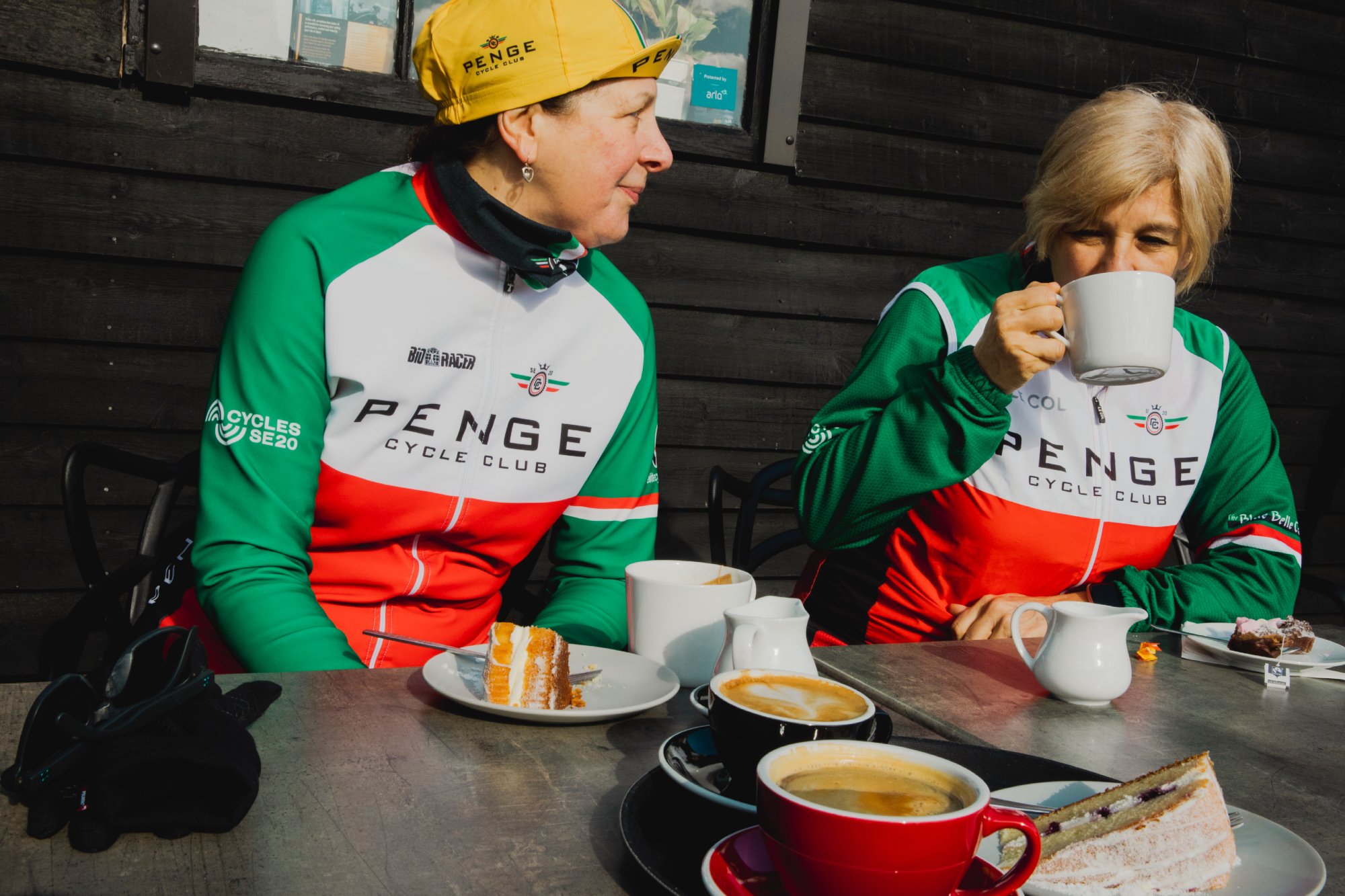
Although we can use Discord when riding indoors (as I did with teammates during the lockdown) it doesn’t quite have the same impact as being sociable with people in real life. Humans are social animals and it’s good for our mental health to spend time with other people and our friends.
Group rides offer a perfect opportunity to share some banter, as well as learn new skills and get advice such as how to adjust an awkward derailleur or how to get a tubeless tire off a rim without the need for a fleet of tire levers!
6. Resistance to weather
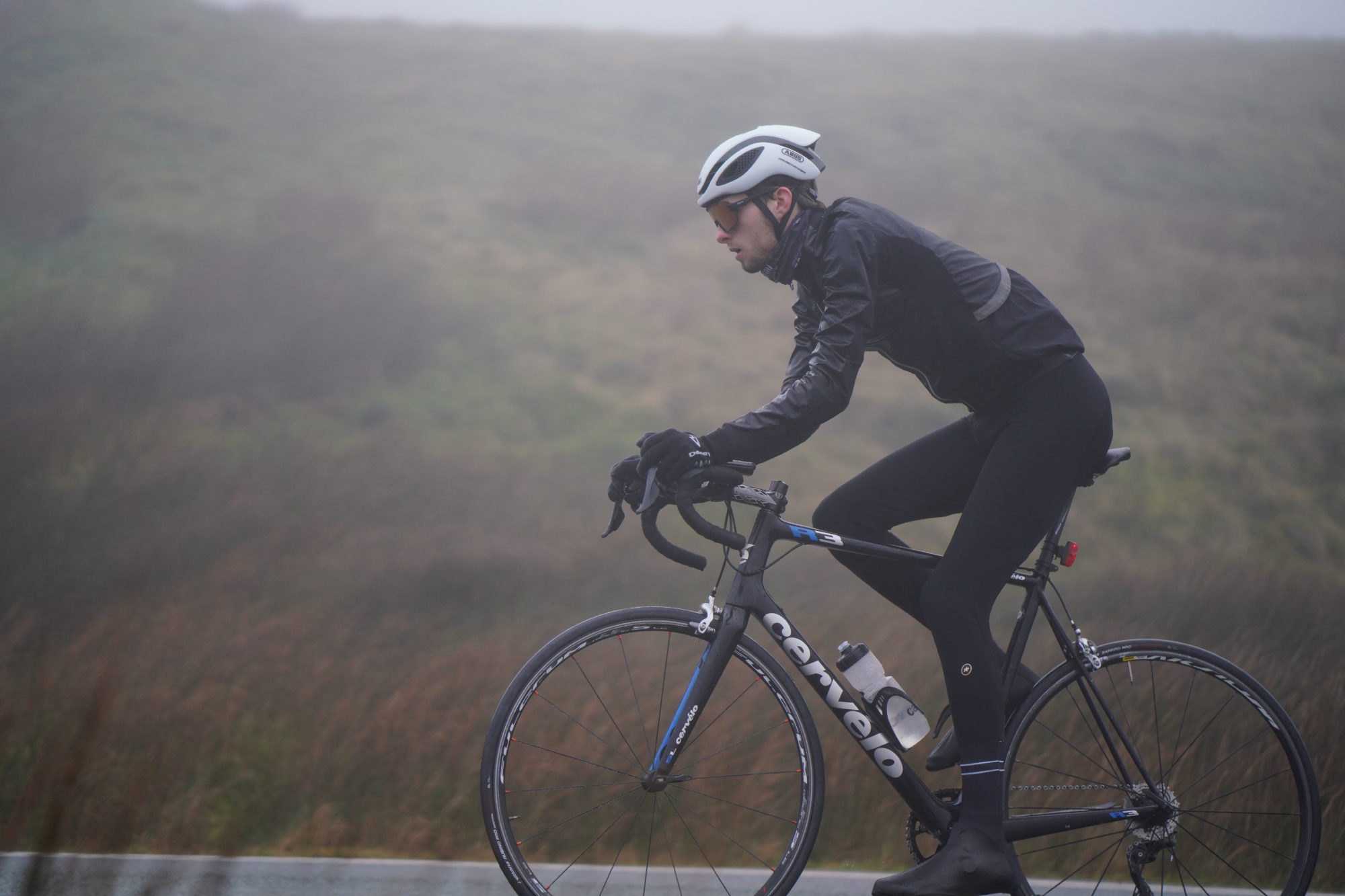
Given that for those of us in the northern hemisphere, we often encounter pretty foul and miserable conditions to ride in - even during the summer months, at times - it is vital that we are resilient to the bad weather. There’s the practical side of knowing what kit we need to wear in certain conditions, too. There have been several occasions where I’ve under or over dressed for events and it’s been a nightmare!
Then there’s also just the mental element of it. If we see a key event - or even a cycling holiday - is going to be afflicted by cold or rain, we want to be able to go into it with the attitude that we can deal with riding in the rain, for example, and that it doesn’t phase us. The negative mindset that can come from being unprepared will almost certainly impact performance and enjoyment. Even some of the foulest days on the bike can be fun! Albeit perhaps in more of a ‘type 2’ kind of way…
Here you can find our guide to the best winter cycling clothing to make things more bearable.
7. Increased volume
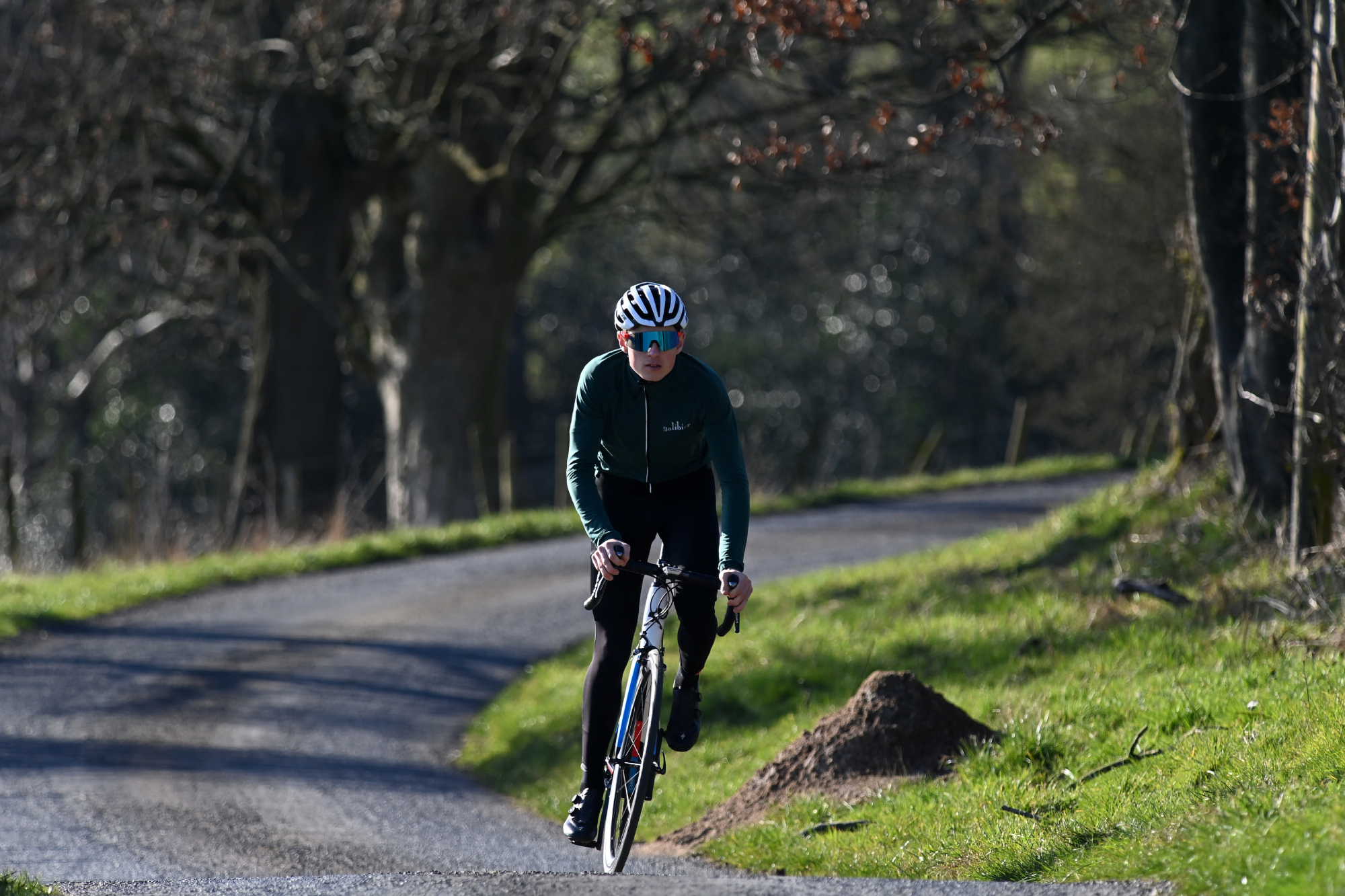
Although interval and high intensity interval training (HIIT workouts) are both beneficial for aerobic fitness and overall health, long slow duration (LSD) training has still been proven time and again to be essential when it comes to building fitness and becoming a better, faster rider.
We don’t all have the time available to train like the pros, but we often have some time at the weekends to do some longer Zone 2 endurance rides. Doing these on the turbo can be mind-numbing, I’ve managed a few 4 hour rides indoors when it was icy but I would rather ride for 4 hours in rain and gales! Each to their own, but for the most part you can more happily manage LSD training outdoors rather than indoors.
Another benefit has more to do with cycling nutrition. Outdoors on the road you'll be able to practise fuelling strategies. If we’re doing longer events or rides it is vital that we practise what we’re going to consume during training. Let’s say we have a 100 mile ride in 5 hours as a target. We’re going to need to eat a fair bit during that ride. We can test the grams of carbs per hour that we consume during training and, although we may not need to ride the full 100 miles, it’s still helpful to do some either slower four hour rides or shorter (still 2-3 hours) ones at the pace we want to target.
We’d have to do quite high volume on the turbo to practise this fuelling strategy. Also, it’s warmer on the turbo generally, so the rate at which we use carbs and fats will be different, as well as hydration/sweat rate.

Thank you for reading 20 articles this month* Join now for unlimited access
Enjoy your first month for just £1 / $1 / €1
*Read 5 free articles per month without a subscription

Join now for unlimited access
Try first month for just £1 / $1 / €1
Andy is a Sport & Exercise Scientist, fully qualified and experienced Cycling Coach, Sports Director, Freelance Writer, and Performance Consultant. He spent 3 years riding for a UCI cycling team and 7 years as a BC Elite rider, competing in prestigious events such as the Tour of Britain and the Volta a Portugal.
Graduating with a first-class honours degree in Sport & Exercise Sciences, he continues to pursue his interest in research in the field of Sport Science alongside managing his coaching business, ATP Performance. He also works as a Wind Tunnel operator and Performance Consultant at the Silverstone Sports Engineering Hub, working with individuals, teams, and businesses to optimise performance and develop products.
-
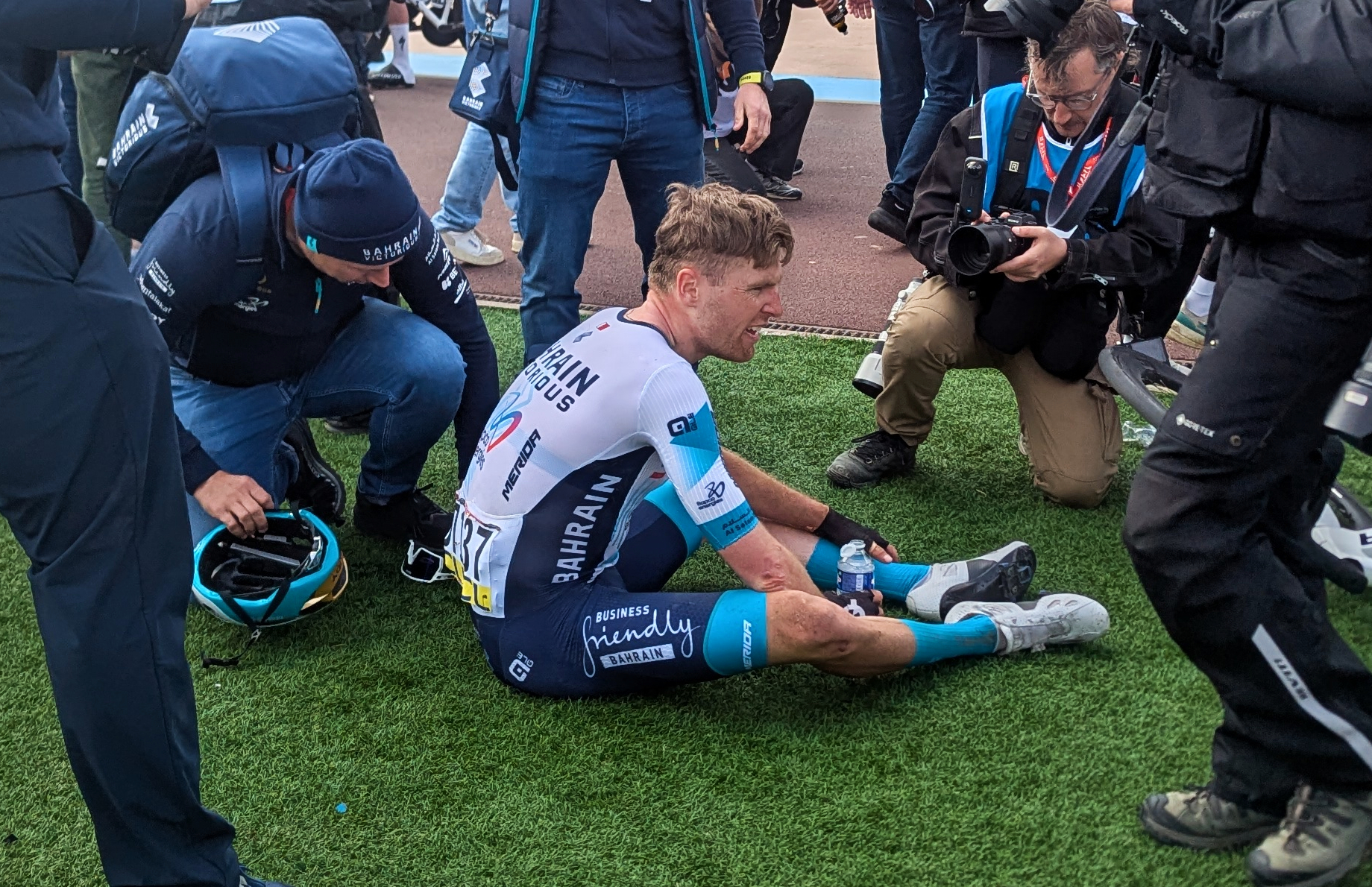 'I'll take a top 10, that's alright in the end' - Fred Wright finishes best of British at Paris-Roubaix
'I'll take a top 10, that's alright in the end' - Fred Wright finishes best of British at Paris-RoubaixBahrain-Victorious rider came back from a mechanical on the Arenberg to place ninth
By Adam Becket Published
-
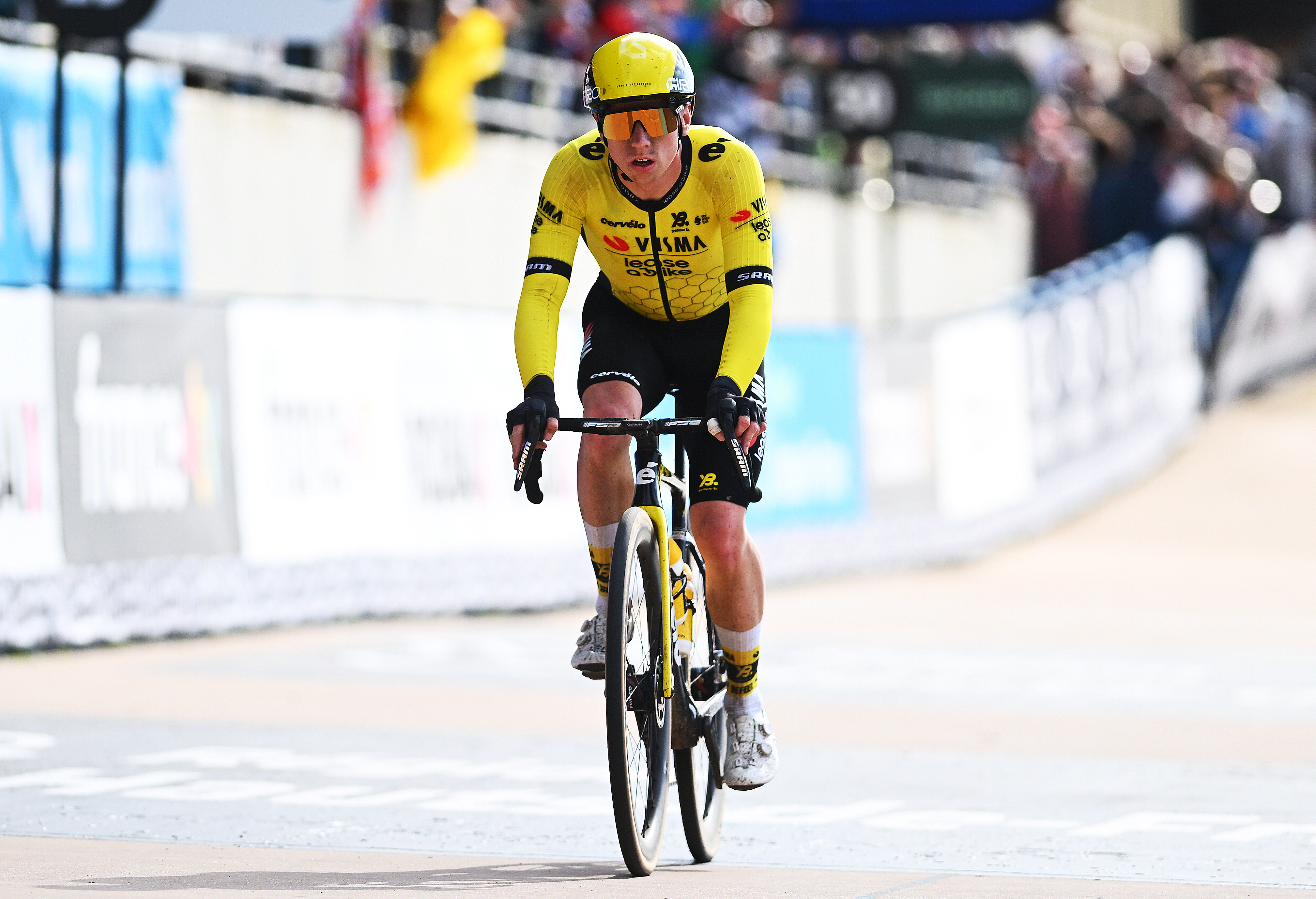 'This is the furthest ride I've actually ever done' - Matthew Brennan lights up Paris-Roubaix at 19 years old
'This is the furthest ride I've actually ever done' - Matthew Brennan lights up Paris-Roubaix at 19 years oldThe day's youngest rider reflects on 'killer' Monument debut
By Tom Davidson Published
-
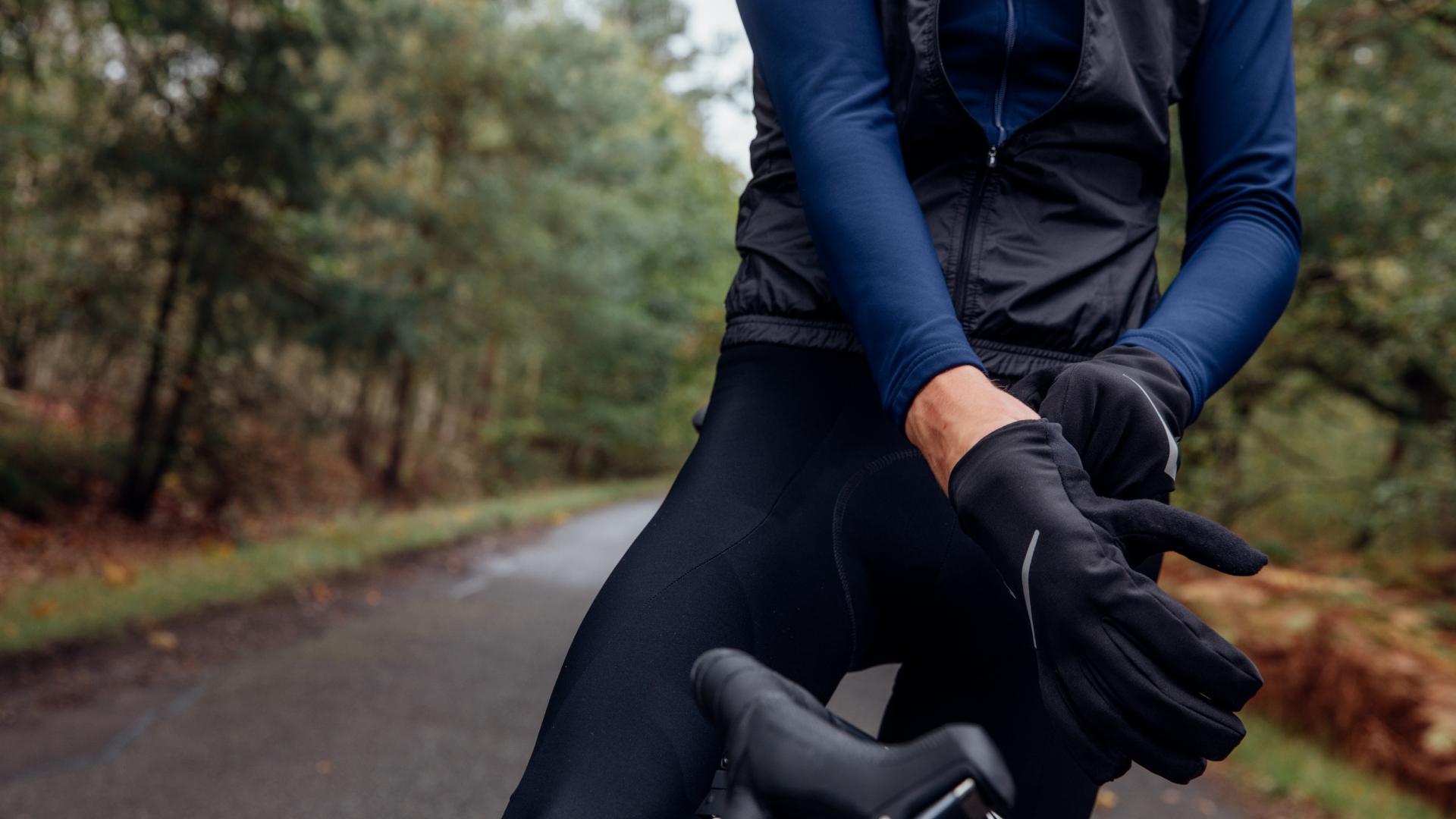 Riding with Raynaud’s: How to beat cold hands and feet over winter
Riding with Raynaud’s: How to beat cold hands and feet over winterSymptoms of Raynaud's syndrome extend far beyond simply having chilly hands and feet, our experts guide you through the how-to on making winter riding bearable despite the disease
By Lexie Williamson Published
-
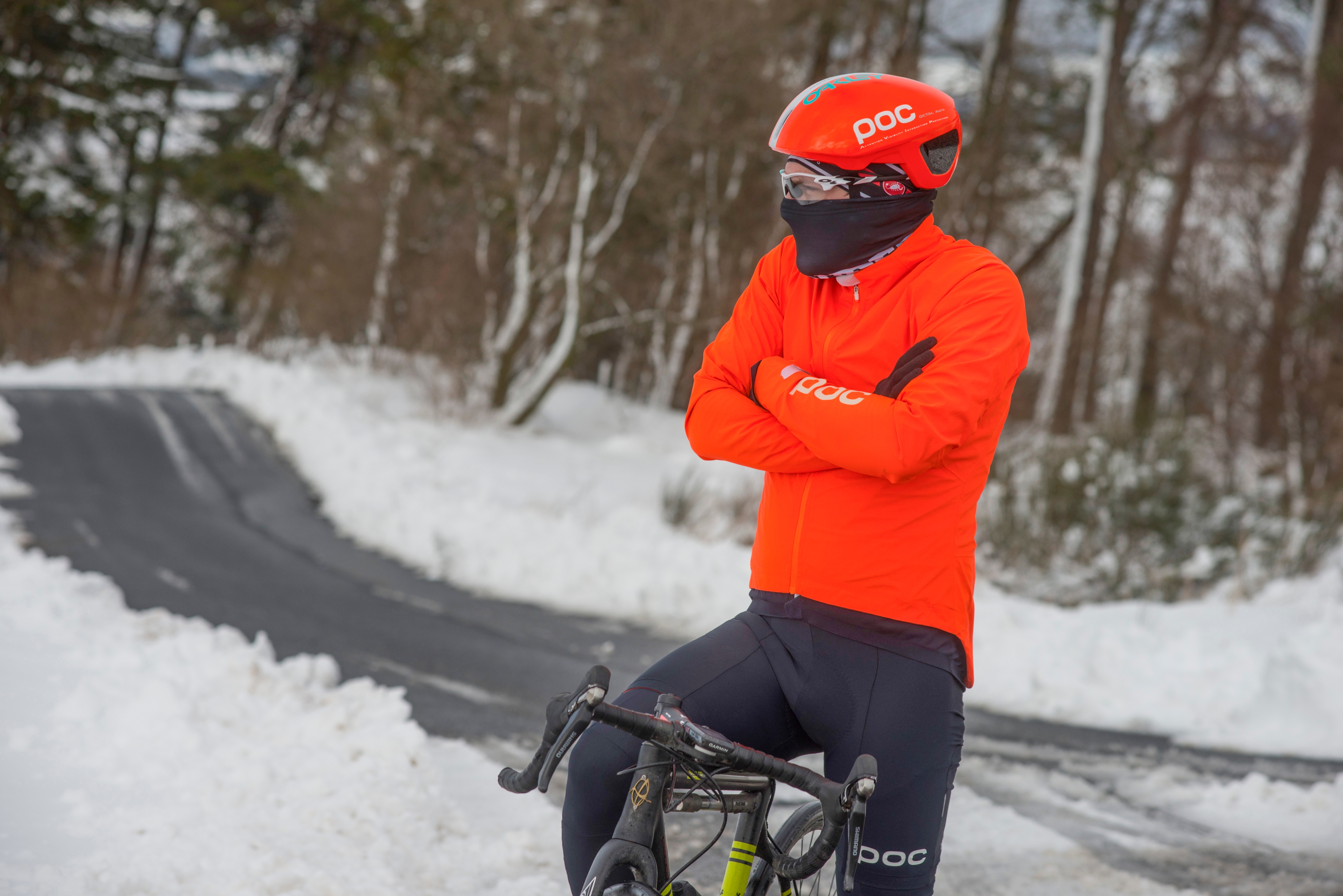 Does riding in the cold always have to slow you down?
Does riding in the cold always have to slow you down?Recent research reveals that starting a ride cold can decimate endurance. James Witts examines how rolling out toasty boosts staying power
By James Witts Published
-
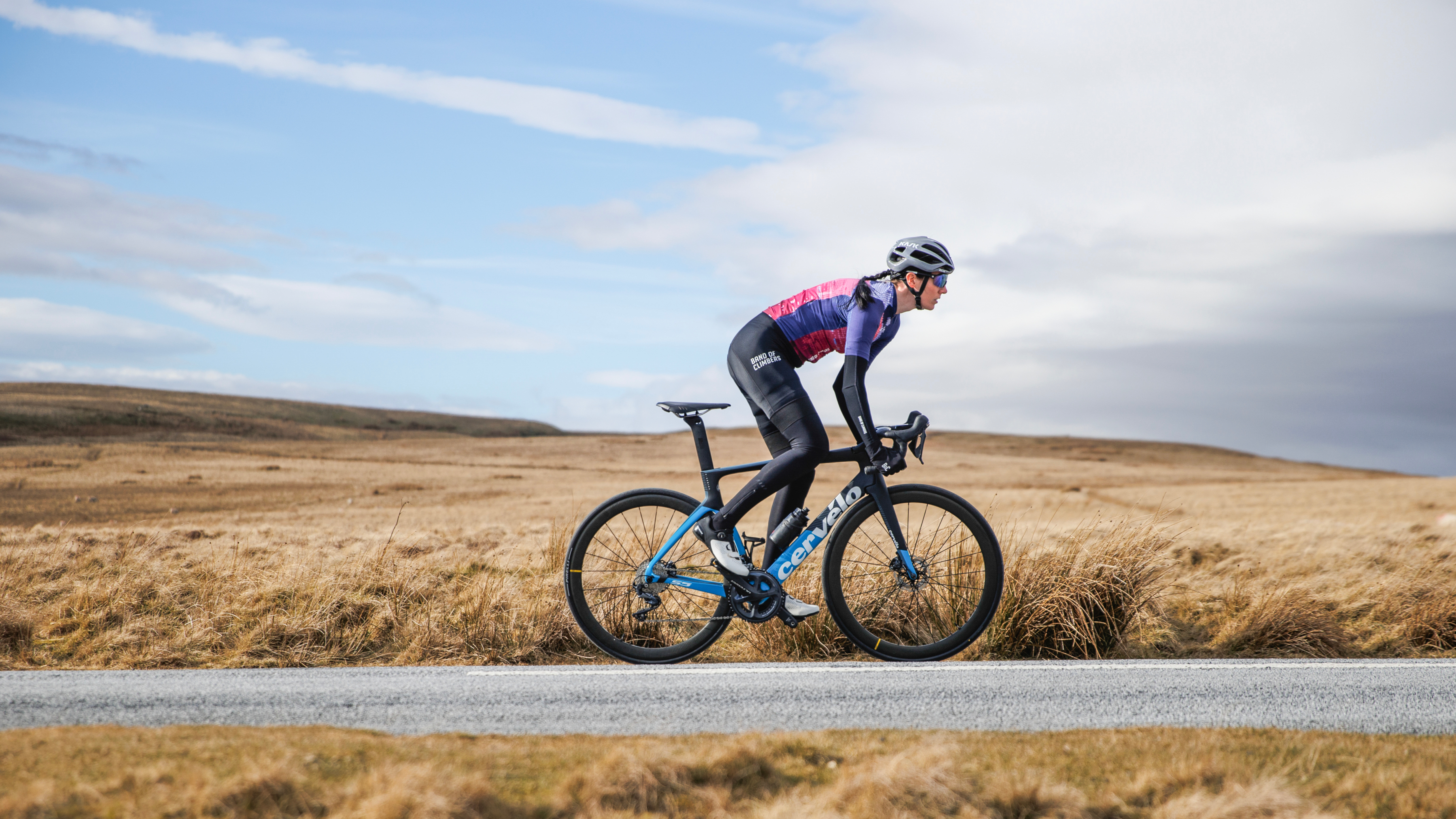 Forget 'new year, new me': 31 realistic, bitesized new habits for 2025
Forget 'new year, new me': 31 realistic, bitesized new habits for 2025Small adjustments to your daily routine can have a big impact on your cycling fitness. Lexie Williamson lists 31 good habits, one for each day of January
By Lexie Williamson Published
-
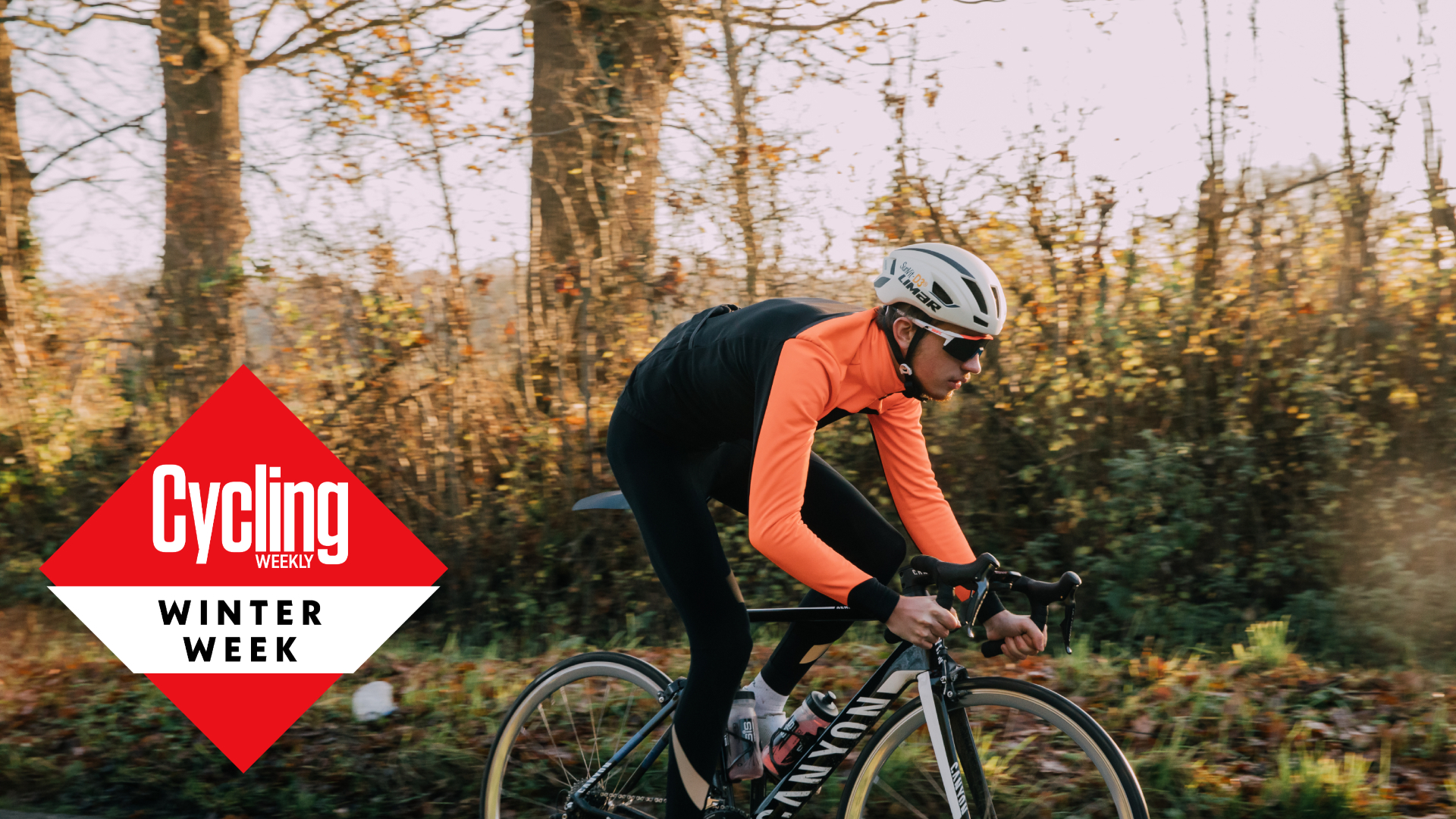 18 tips for finding winter motivation to ride
18 tips for finding winter motivation to rideDon't let cooler weather keep you off the bike, there are plenty of ways to keep the enthusiasm high
By Andy Turner Published
-
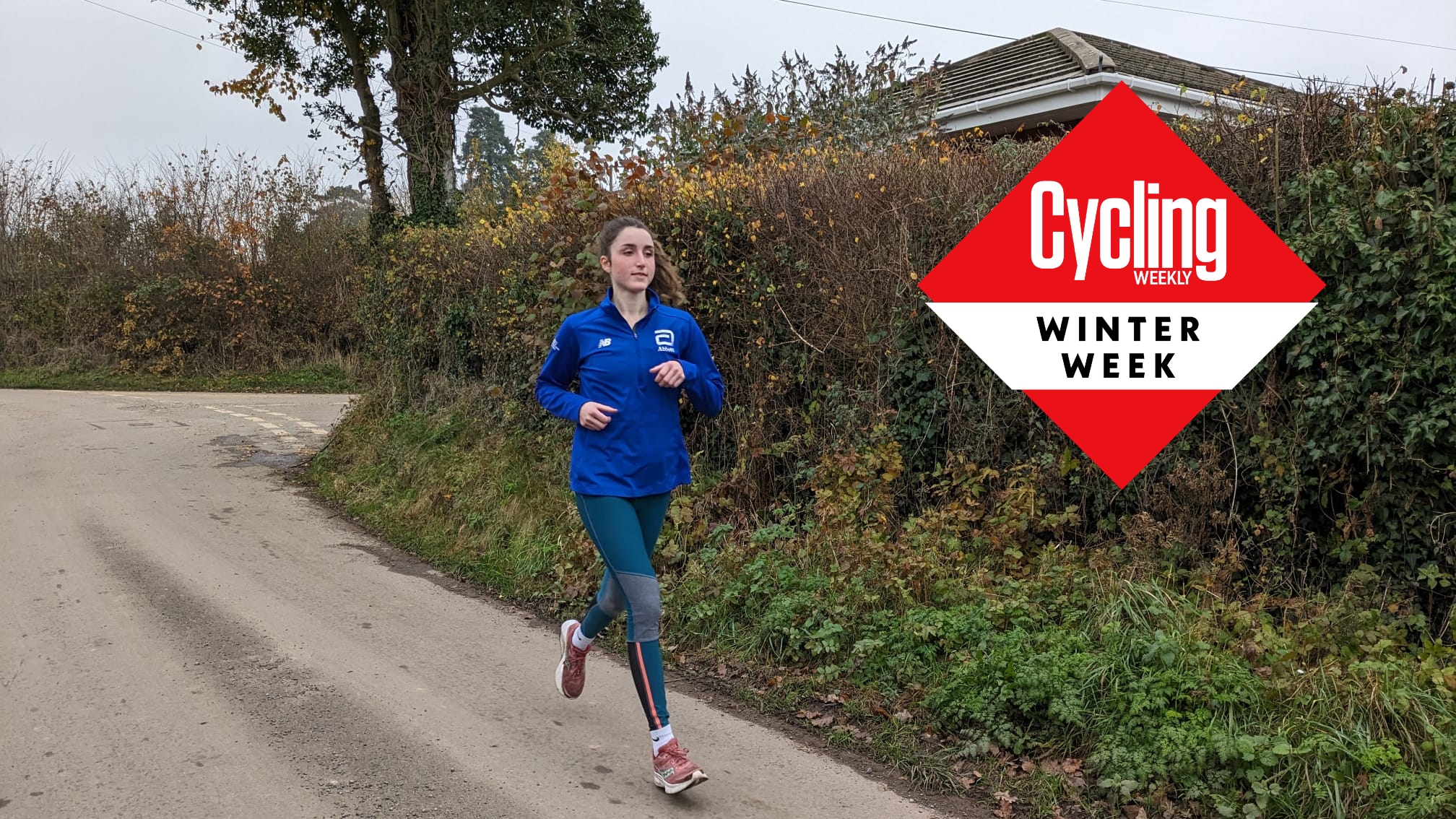 How much running is ‘too much’ running for cyclists - I trained for a marathon to find out
How much running is ‘too much’ running for cyclists - I trained for a marathon to find outMany cyclists like to swap their cleats for running shoes - at least for some sessions — during winter, but where should we draw the line?
By Ellie Donnell Published
-
 Symptoms of Seasonal Affective Disorder are more common than you think - here's how to battle the blues
Symptoms of Seasonal Affective Disorder are more common than you think - here's how to battle the bluesIt’s no secret that the winter months can switch one’s mood to a doom and gloom setting – here’s how to lighten the load
By Rob Kemp Published
-
 'My riding companion proceeded to fragment into countless tiny particles and dissolve into the night sky — I was hallucinating': Inside a 500km ultra ride
'My riding companion proceeded to fragment into countless tiny particles and dissolve into the night sky — I was hallucinating': Inside a 500km ultra rideKeen to test the limits of his well-matured endurance, Steve Shrubsall hurls himself headlong into a 500km ultra-endurance adventure across England's North and South Downs
By Stephen Shrubsall Published
-
 Hot weather cycling: 6 tips to help you keep your cool
Hot weather cycling: 6 tips to help you keep your coolA spell of hot weather needn't stop you enjoying your riding, as long as you take some precautions to prevent over-heating and dehydration
By Anna Marie Abram Published